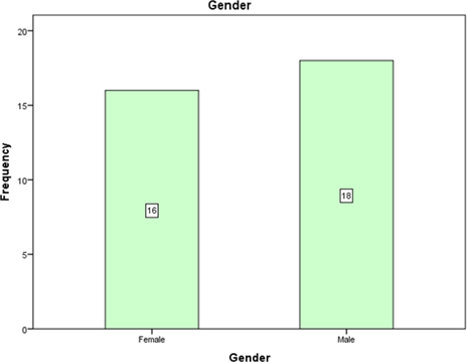Abstract
Root perforation is defined as an iatrogenic or pathological communication between the root canal system and the external tooth/root surface. They may be pathologic or iatrogenic in etiology. Iatrogenic perforations during root canal therapy account for a large portion of endodontic failures and may necessitate the need for extraction. Assessing the sites commonly perforated helps anticipate such complications and thereby formulate means to improve the quality of treatment offered. This study aims to assess the different areas of perforation while performing root canal treatment. A retrospective cross-sectional study was conducted using the patient records from the OPD of Saveetha Dental College, Chennai from June 2019 to April 2020, and patients above the age of 18 years who underwent perforation management were selected by non-probability sampling. Data was collected and then subjected to statistical analysis using Statistical Package for Social Science for Windows (version 20.0, SPSS Inc., Chicago Ill., USA). Chi-square test was employed with a level of significance set at p<0.05. It was found that the most common site of perforation was the furcation area (50%), followed by crown perforations (44.1%). There were more males (52.9%) who experienced perforations than females and the most common age group was 35-55 years (50%). There was a significant difference between the site of perforation and tooth involved (p=0.032). There also was a significant difference between the perforation site and the arch involved (p=0.044). The most commonly perforated tooth was found to be mandibular molars.
Full text article
Authors

This work is licensed under a Creative Commons Attribution-NonCommercial-NoDerivatives 4.0 International License.

